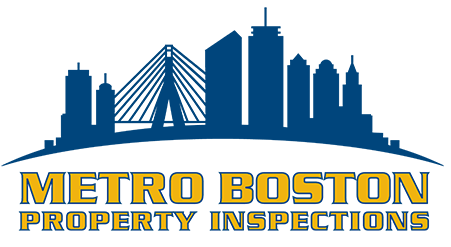Preparing your home for a home inspection
Preparing your home for a home inspection is essential, especially if you’re planning to sell your property or want to ensure everything is in good condition. A home inspector will assess various aspects of your home, including its structural integrity, systems, and potential issues. Here’s a step-by-step guide to help you prepare your home for a home inspection:
- Clean and declutter:
Start by tidying up your home and removing any clutter. This will not only make a good impression on the inspector but also make it easier for them to access various areas and components.
- Organize documents:
Gather all the necessary documents related to your home, such as maintenance records, warranties, and permits. Having these readily available can be helpful during or after the inspection process.
- Check the exterior:
Walk around the exterior of your home and look for any visible issues. Ensure that the pathway to your front door is clear and easily accessible. Trim any overgrown bushes or trees, and repair any damaged areas, such as loose shingles or cracked siding.
- Test smoke and carbon monoxide detectors:
Check that all smoke detectors and carbon monoxide detectors are functioning correctly and are not expired. Replace the detectors if needed.
- Check doors and windows:
Make sure all doors and windows open and close smoothly. Repair or replace any damaged screens, and ensure that locks and door knobs are working properly.
- Test lighting:
Check that all light fixtures are working. Replace any burned-out bulbs.
- Test outlets, light fixtures, and switches:
Ensure that all electrical outlets and switches are functional. Fix any outlets that are not working properly.
- Check plumbing:
Look for any leaks in sinks, faucets, and toilets. Check for proper drainage and address any issues with slow drains.
- Inspect HVAC systems and other major appliances:
Clean or replace air filters in your heating, ventilation, and air conditioning (HVAC) systems. If possible, have a professional service and inspect these systems before the inspection.
- Check the attic and basement:
Inspect these areas for any signs of leaks, water damage, or pest infestations. Ensure that the basement and attic are well-organized and accessible.
- Address safety concerns:
Check for any safety hazards, such as loose handrails, missing GFCI outlets, or exposed wiring, and address them before the inspection.
- Provide access:
Ensure the inspector has access to all areas of your home, including the garage, crawl spaces, and utility rooms. Clear any obstacles that might hinder the inspection process.
- Pets:
If you have pets, make sure they are secure and safe. The inspector is focused on the conditions of the home and the needs of the client and may lose track of your pet.
- Clean up after your pets:
You should also clean up after your pets before showings and the home inspection to avoid accidental tracking of droppings into the home.
- Prepare to be away:
While it’s not mandatory, it’s often a good idea to be away from home during the inspection. This allows the inspector to work more efficiently and helps potential buyers feel more comfortable exploring the property.
Remember, a home inspection is not a pass/fail exam but an assessment of your home’s condition at a specific point in time. Taking the time to prepare can help the process go more smoothly and may also improve the overall impression of your home’s condition.






